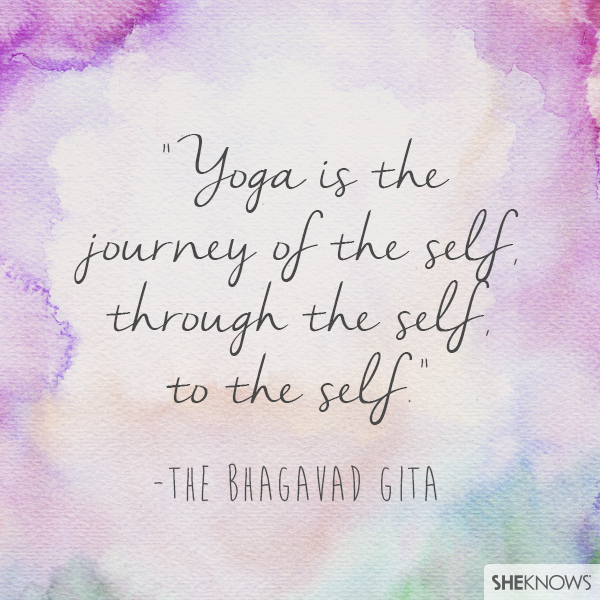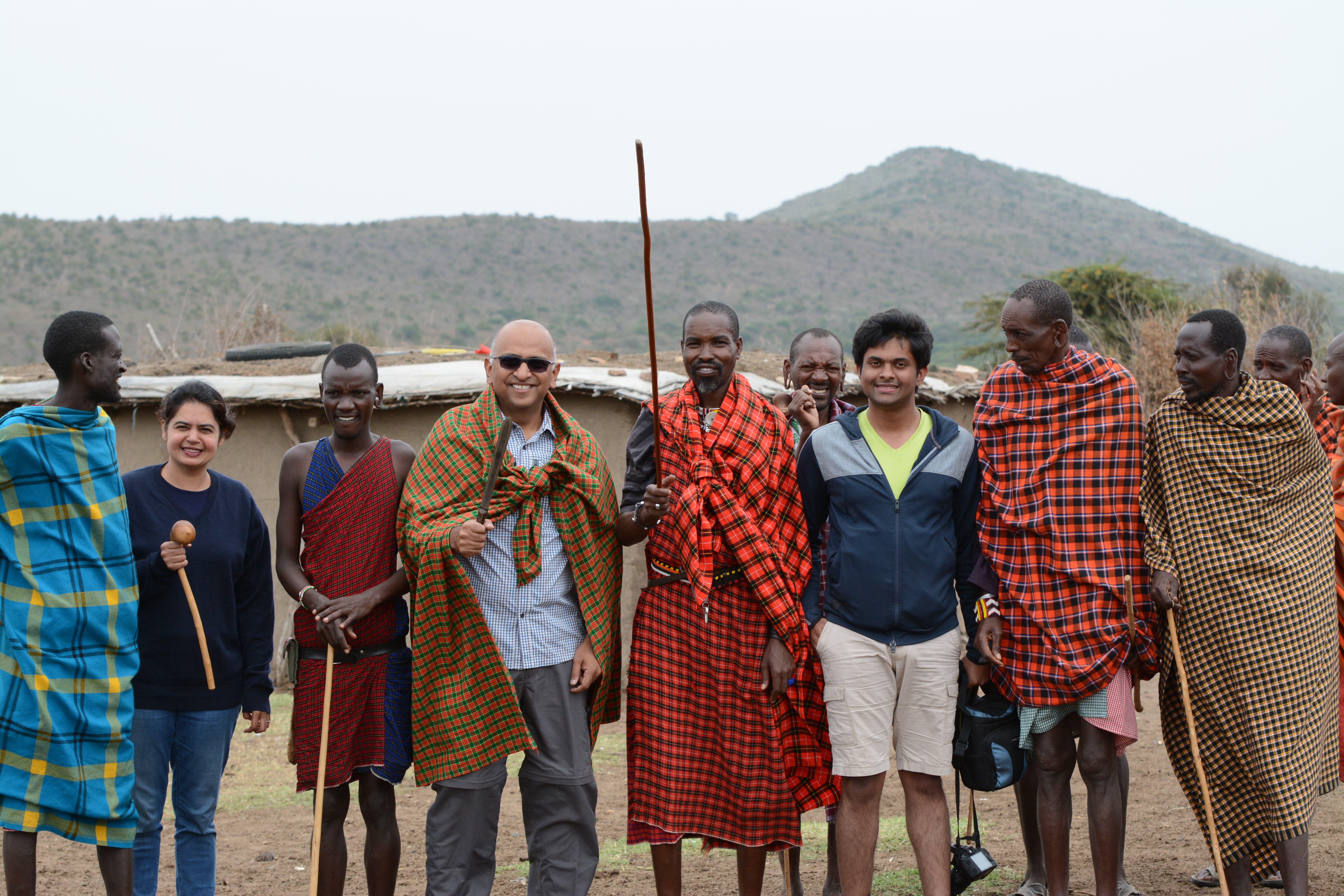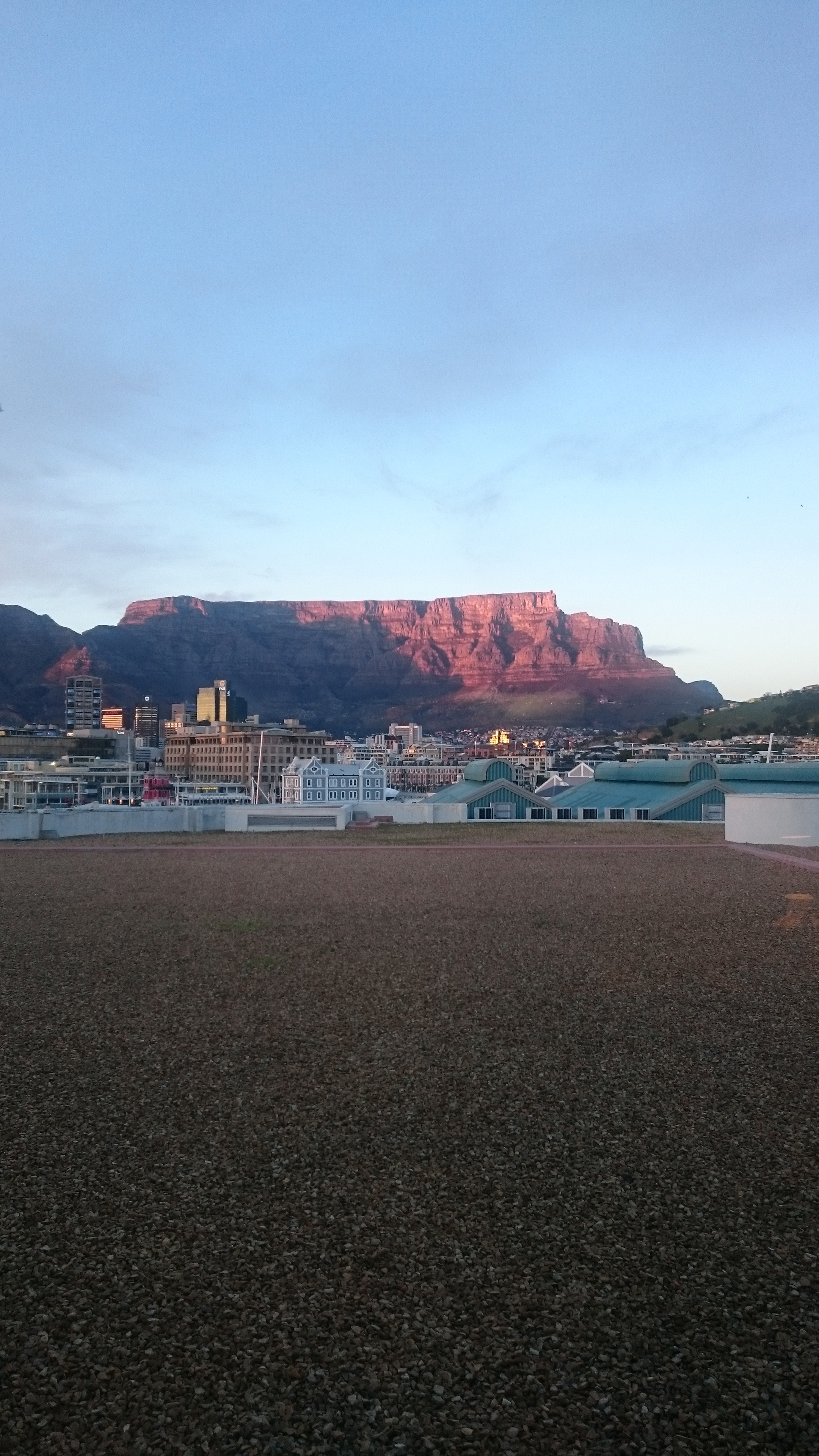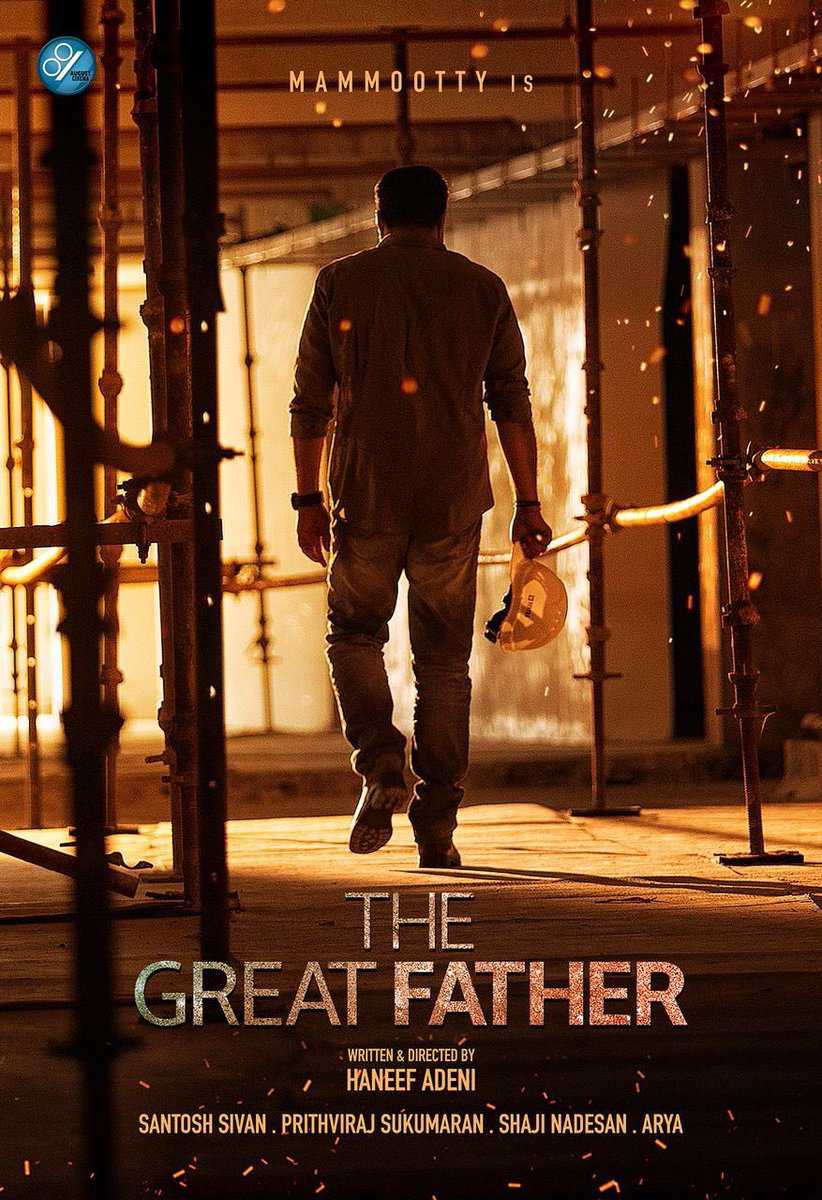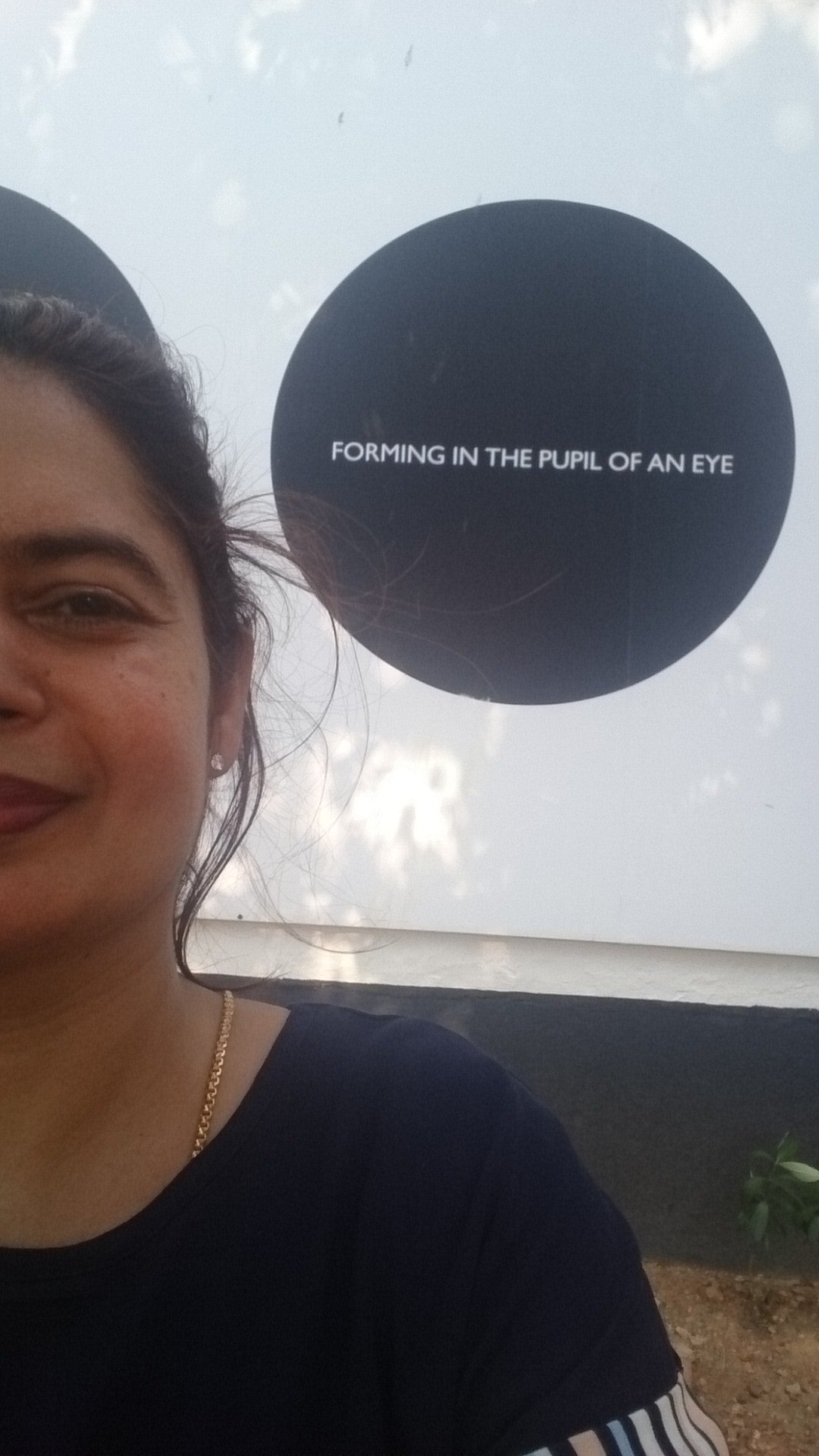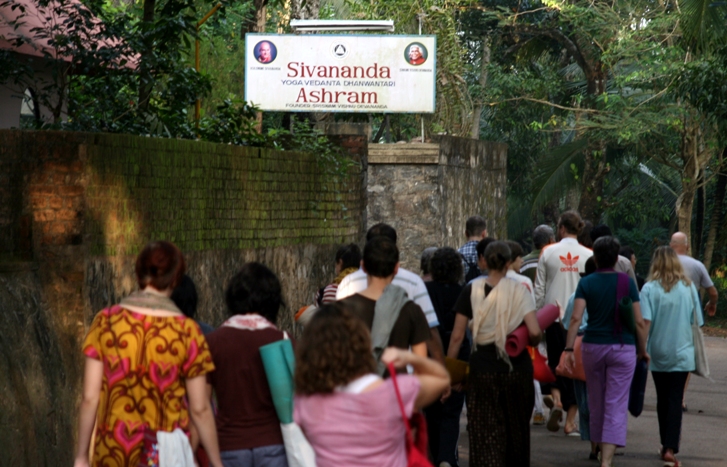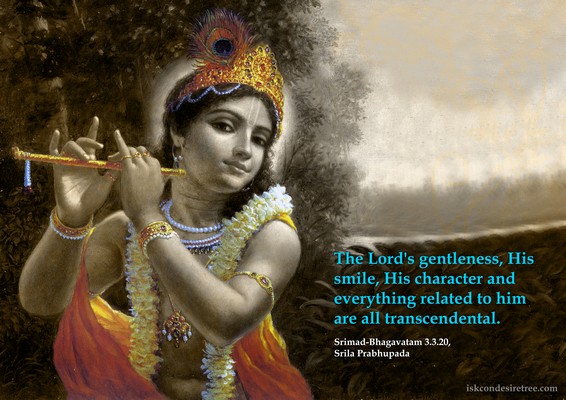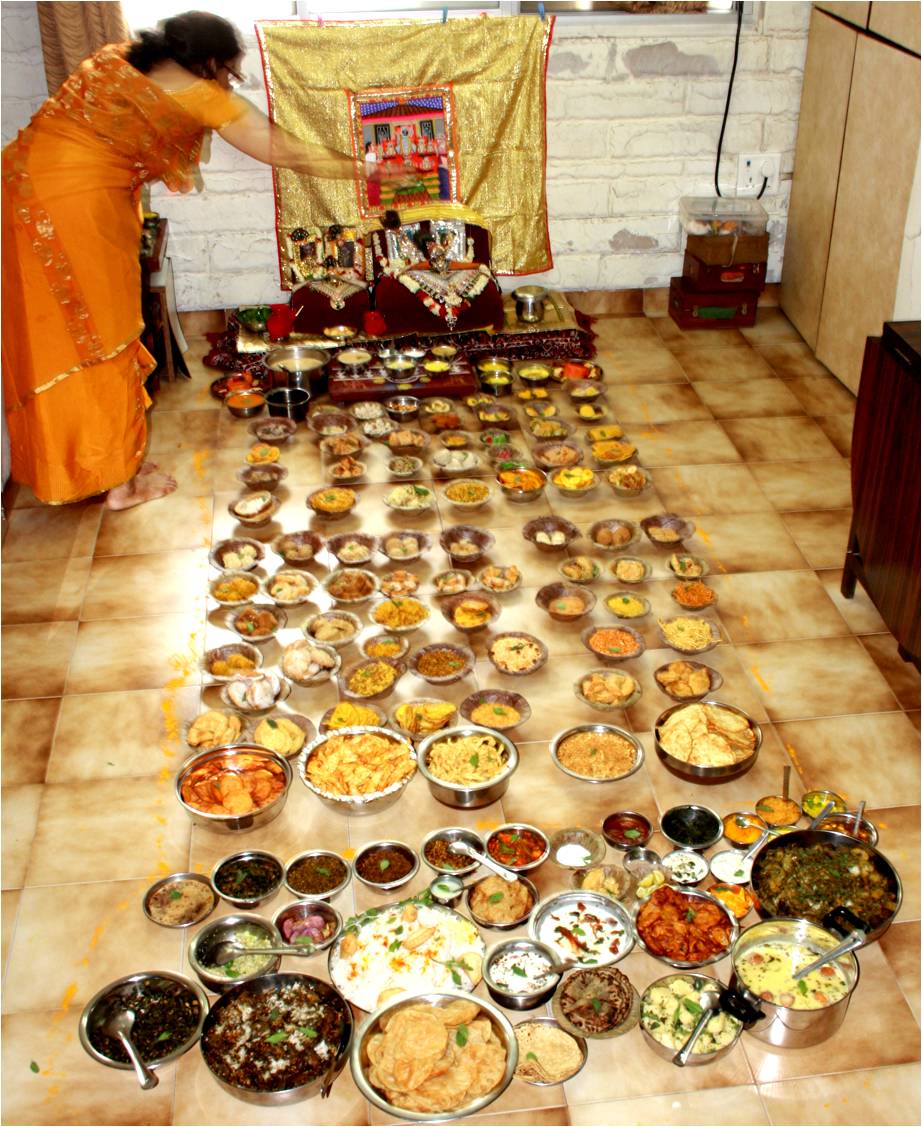All of us grew up hearing about the story of Rama and Sita. And if you have not heard it as a child, you now see it on TV. And read about it. As Ashok Banker himself puts it in his review of The Missing Queen, “Of late, a jungle of mythological retelling seems to have sprouted on Indian bookshelves.”
So is The Missing Queen any different from the usual retelling/reinterpretation of the classics or the itihasas? Ever since I read The Palace of Illusions by Chitra Banerjee Divakurani that retells the Mahabharata from Draupadi’s point of view (a must-read, in my opinion), it has been tough to equate any other retelling that has that impact, relevance and a glimpse into what could have been. Samhita Arni’s The Missing Queen comes close. But just.
First, the basic details:
Book: The Missing Queen
Author: Samhita Arni
Publisher: Penguin/Viking
Price: Rs 399 (Hardcover)
Pages: 179
Summary:
Ayodhya is shining. Trade is booming, the citizens are prosperous, immigrants are plenty to do the menial jobs, and the media adores the ruling family – Suryavamshi Rama. However, the black cloud that looms over Ayodhya? The ban imposed on the media and the citizens on all things concerned with the missing queen, Sita. The protagonist in the story is a journalist who is drawn to this missing piece in what is marketed as a model kingdom. The “Washerman” is the chief of the secret police in Ayodhya and is said to be “hawk-like” in ensuring that no person lets slip the question – “But where is Sita?”
The journalist does ask the question. To King Rama. On live television. As the camera zooms into his shocked face, the Washerman starts the witch hunt. The editor suspends the journalist, the secret police arrests her and throws her in jail, and the twist comes when her cell mate is none other than the “terrorist bomber” from LLF (Lanka Liberation Front) who tried to kill King Rama on the 10th anniversary of his vanquishing King Ravana, but is captured instead. The LLF stage a storming of the prison and in the confusion that results, the journalist escapes with the terrorist and goes with her to Lanka.
The journalist now gets the opportunity to hear the Lankan’s version of Ayodhya’s crowning moment – the conquest of Lanka. The rape, pillage and the barbaric killing of its citizens by the vanar sena even after King Ravana is killed on the battlefield comes as a shock to her (and to the readers). Leaving Lanka, the journalist now heads to Mithila and then the ashram of Valmiki (Ayodhya’s most prolific historian and the king’s authorized biographer) and finally sees Sita – tired, shoddy, aged, but with two handsome and brave sons. The story now roars quickly into its standard ending – the sons are with the king, and Sita sinks into the earth (apparently) and vanishes without a trace. Or so we are led to believe, until the last chapter.
So what’s the verdict?
While it is unfair to consciously or unconsciously compare a book to another one in the same genre (in this case with the Palace of Illusions), The Missing Queen does slip on the most vital question it asks – what really happened to Queen Sita? In the Palace of Illusions, there is no question left in our mind as Draupadi lays bare the palace intrigue and her personal dilemma and feelings. In The Missing Queen, we get a line here or a hint there on what could have happened. Very frustrating.
While the story is beautifully and imaginatively constructed, with ingenious twists and turns, in the end it still fails to convince the readers as to why Sita had to leave Ayodhya. While we get insights into the fate of women in Ayodhya (as compared to the egalitarian regime in Lanka where women are treated as equal citizens), and interviews with Kaikeyi and Urmila confirm that the queens in Ayodhya are no less than second-class citizens, I would have liked a more compelling theory as to why she went missing. Not rumours, not imagined conversations, not gossip – but a plain theory that explains.
However! But! Nevertheless!
I read it twice. Because Samhita Arni is simply a great writer. And even with the numerous retellings of the Ramayana from multiple points of view (I have read Urmila’s POV via Sita’s Sister by Kavita Kane, and Ravana’s POV via Asura by Anand Neelakantan), Arni does present a very compelling and readable book that reveals a version that potentially could have happened.
My review?
4.0 out of 5 (5 is reserved for The Palace of Illusions!)
So go ahead and read it and let me know your feedback.
